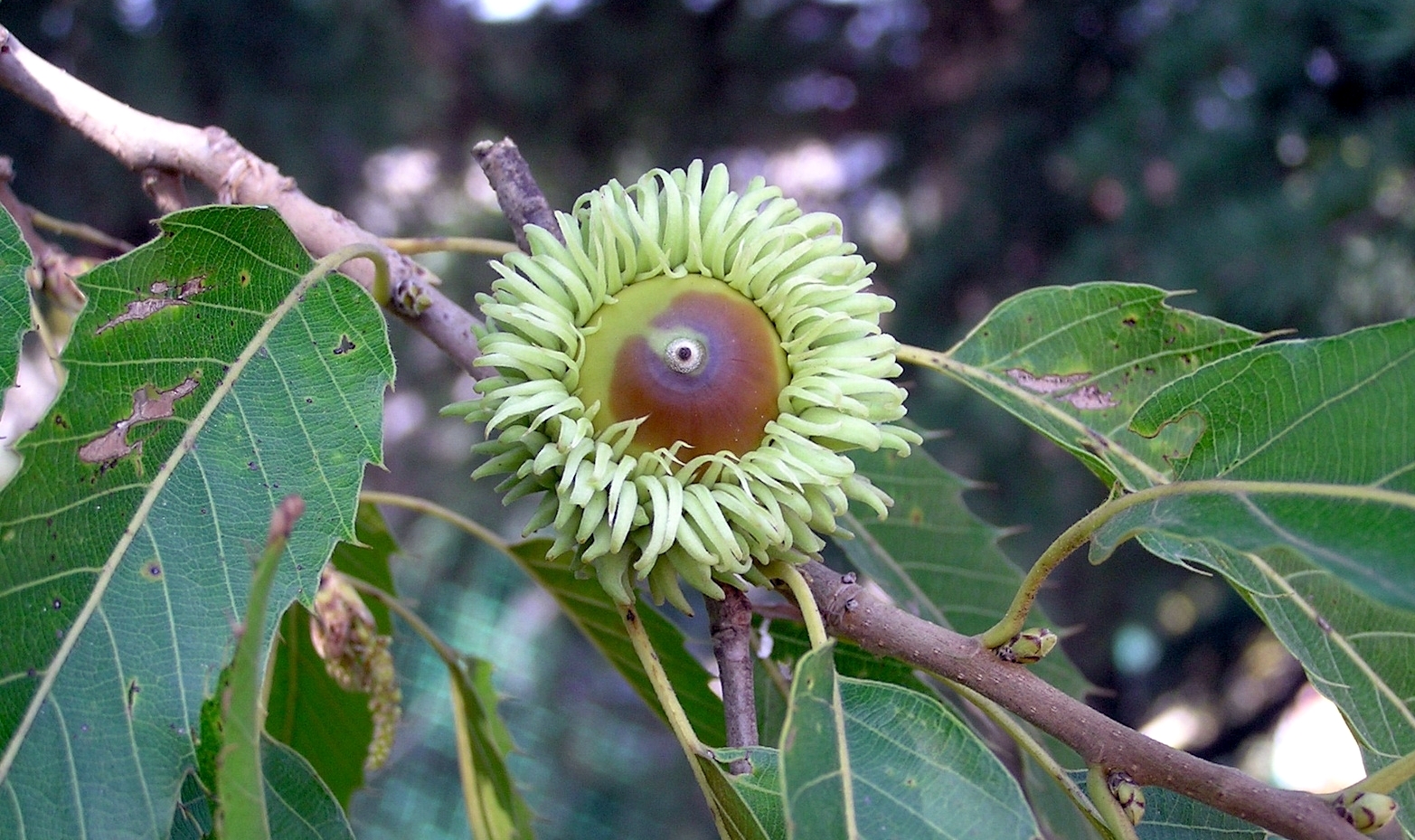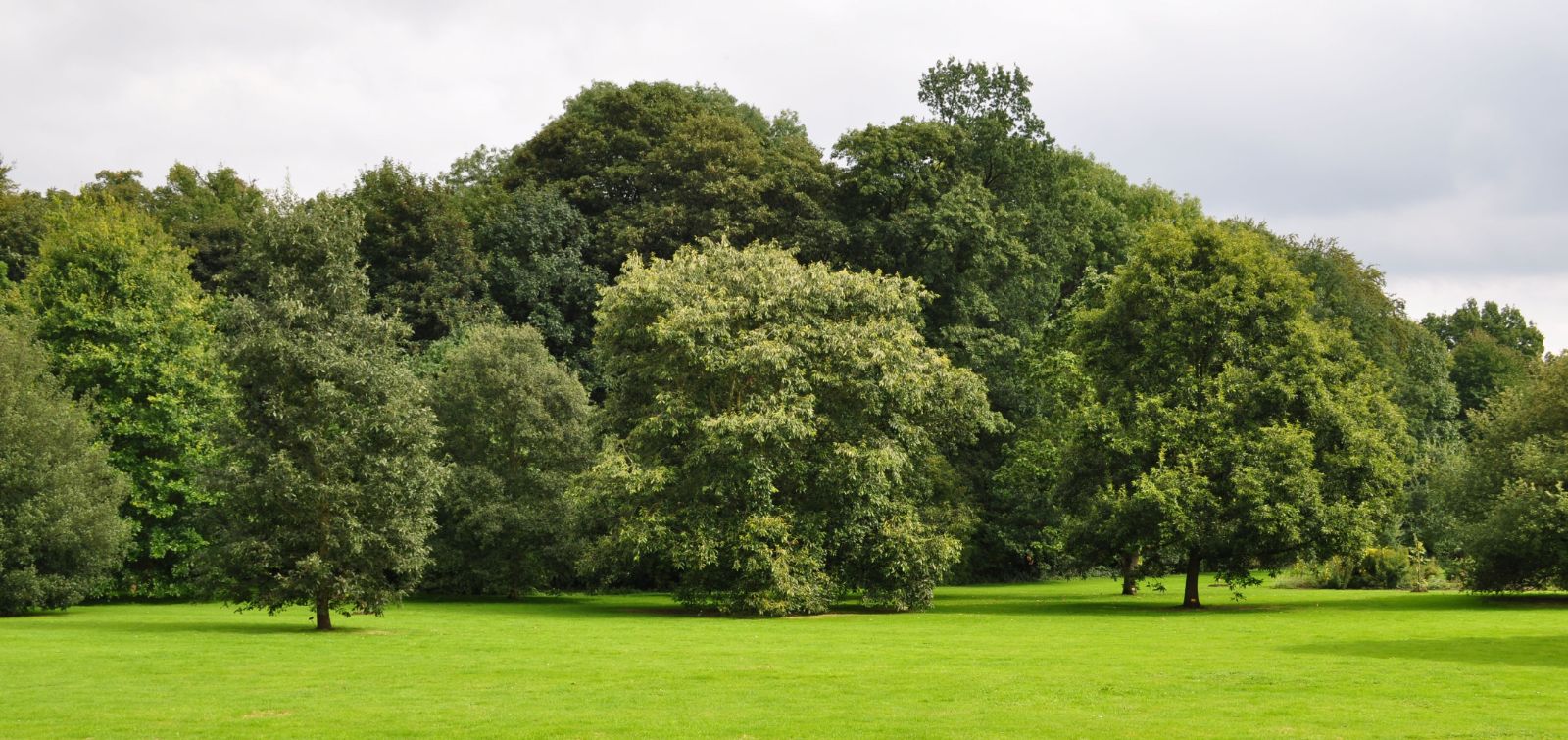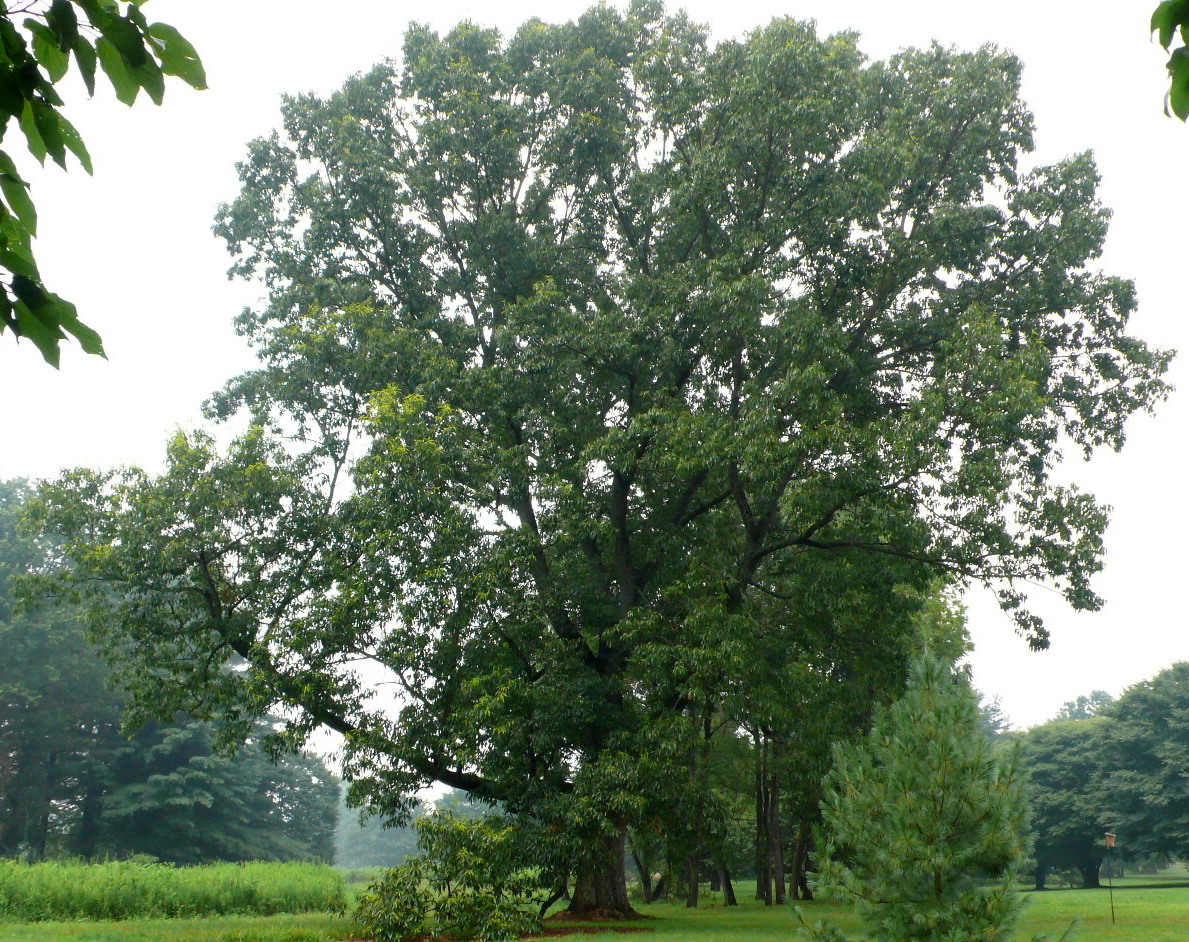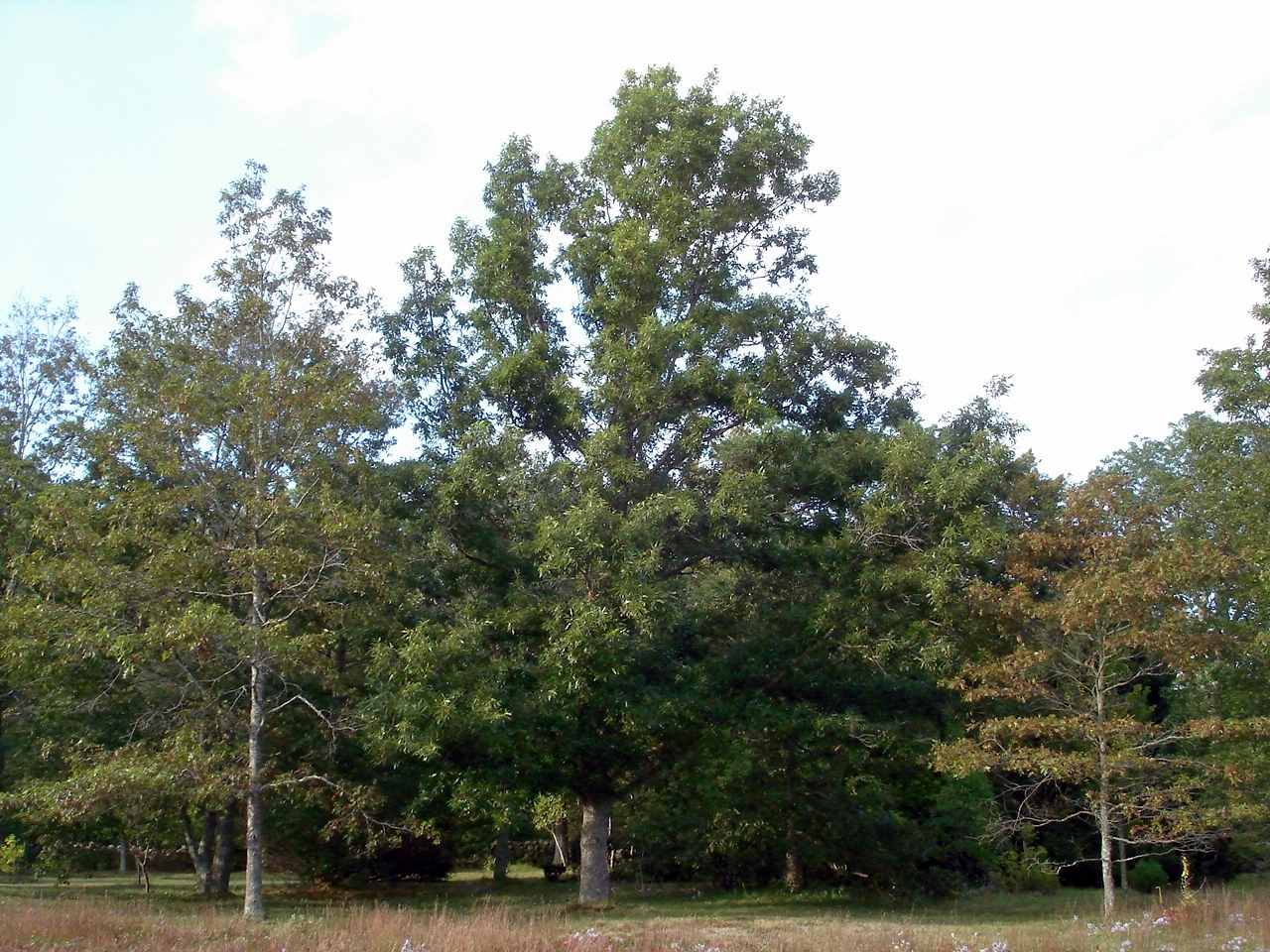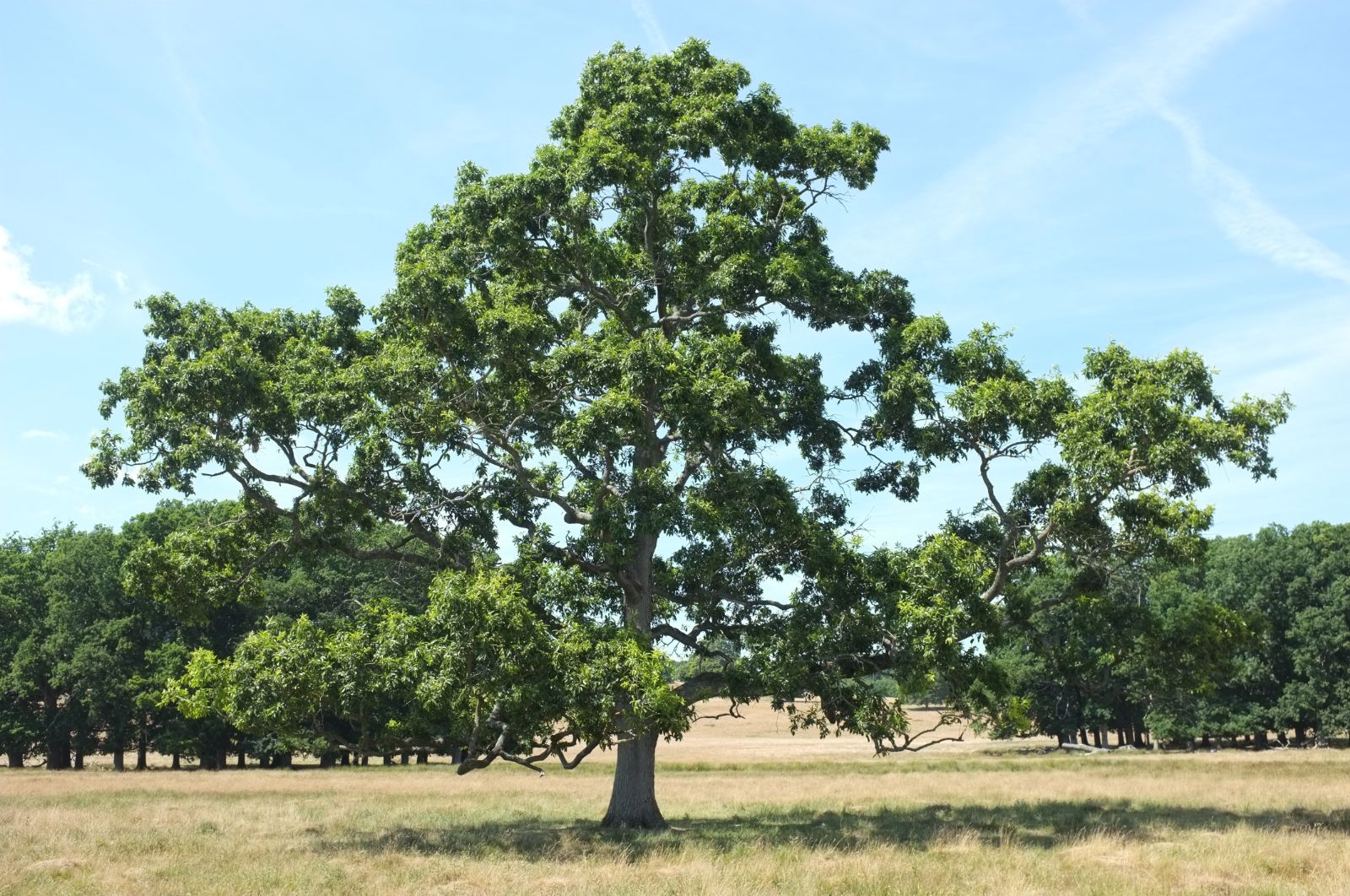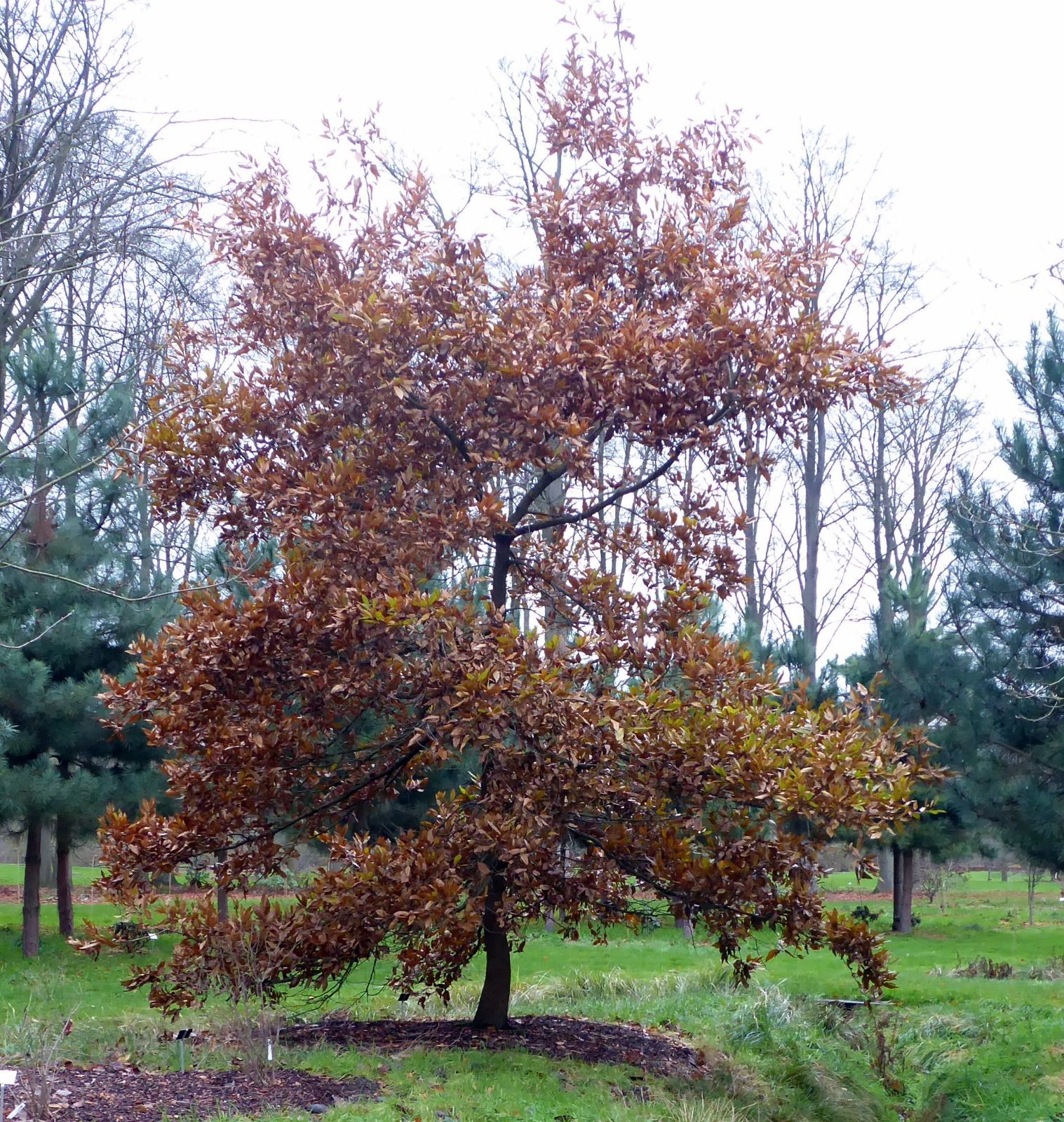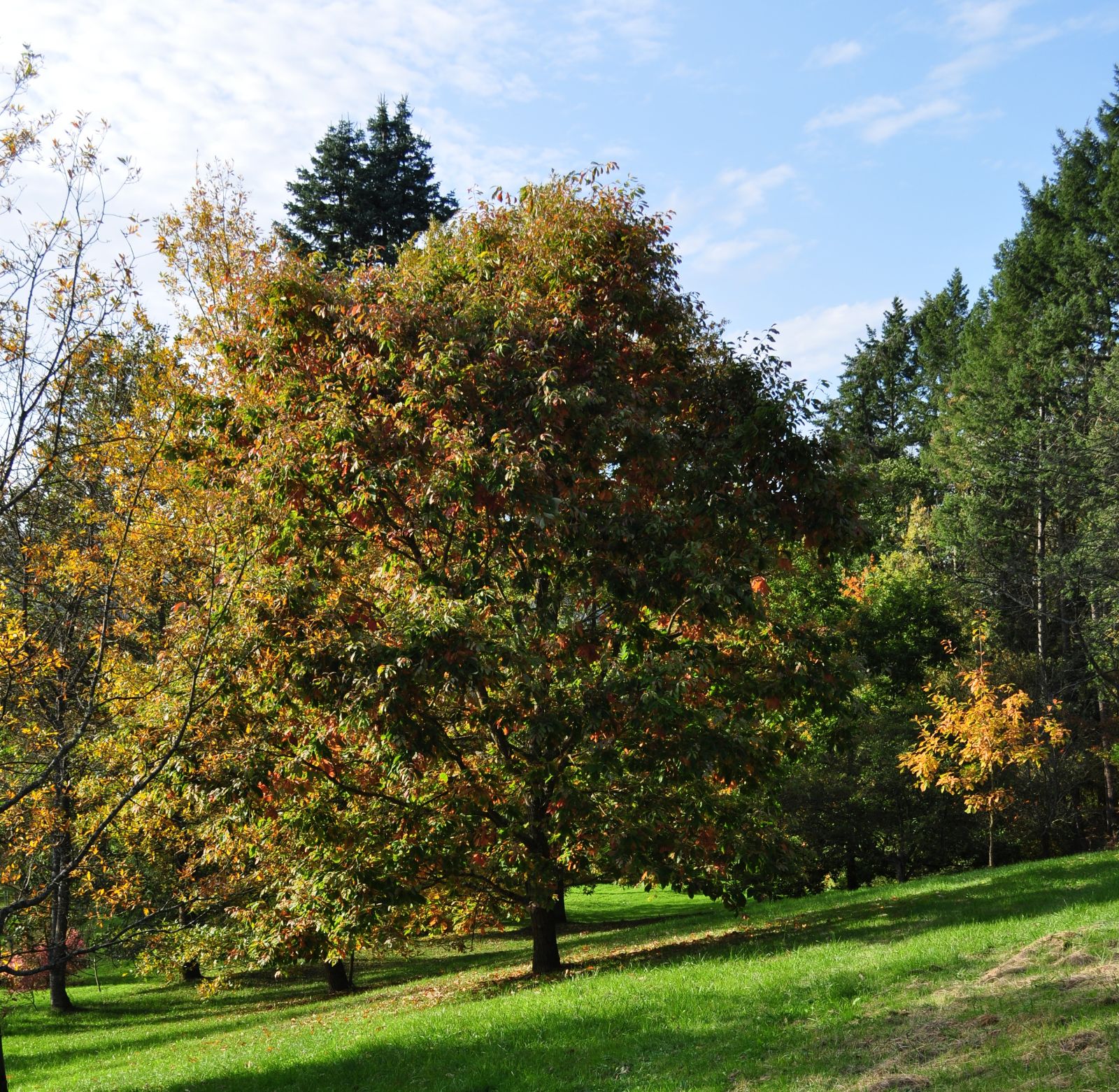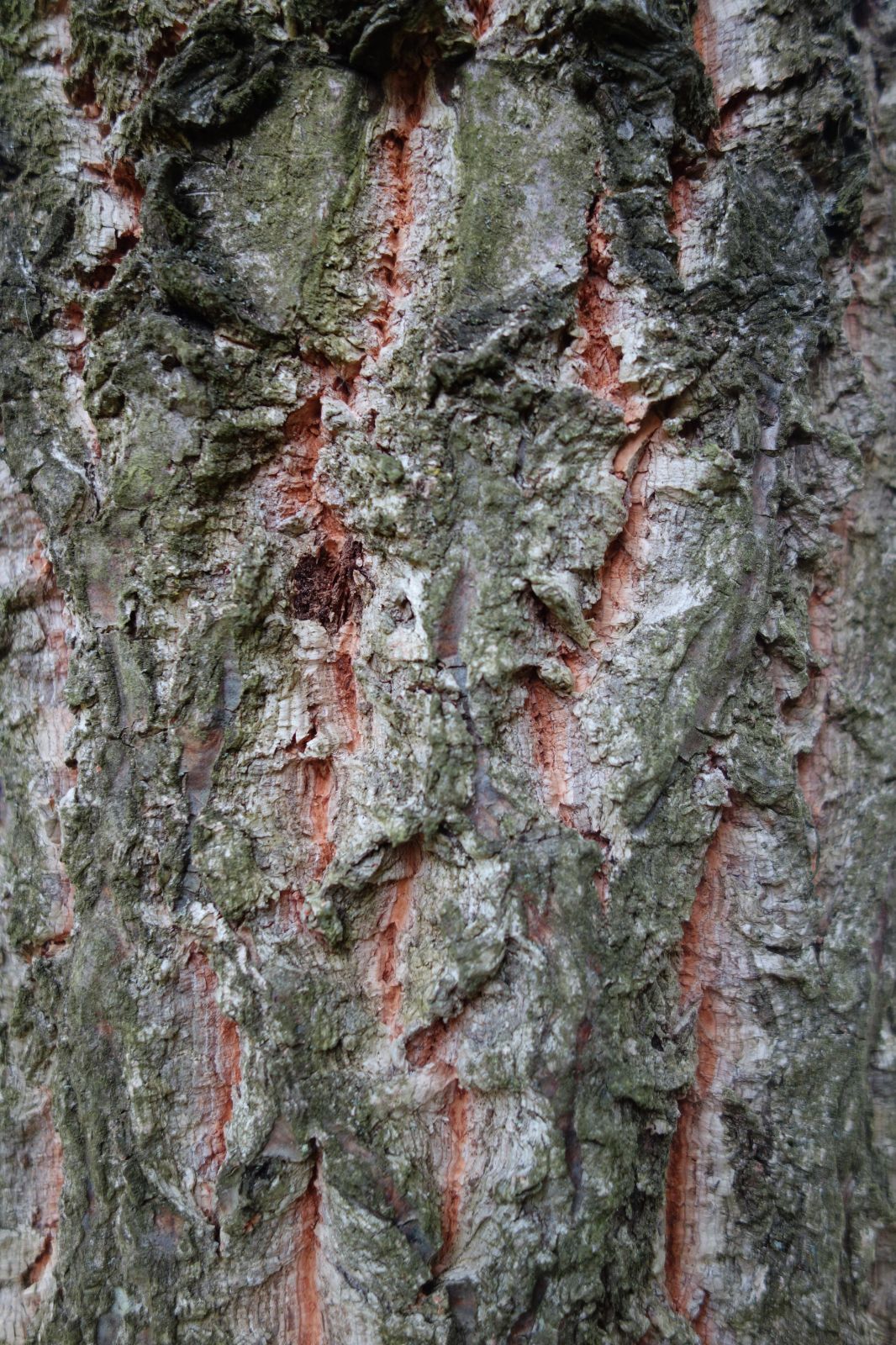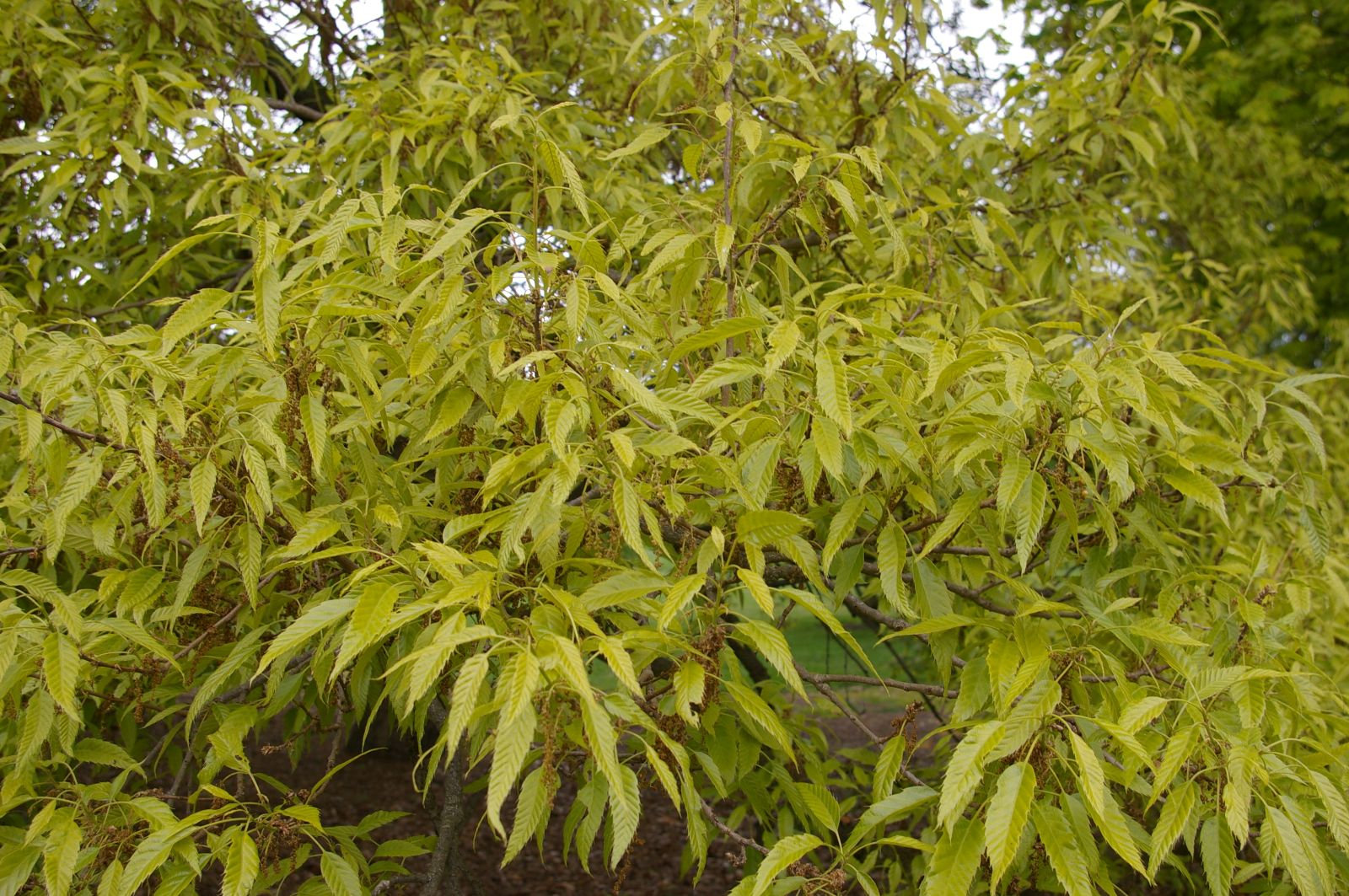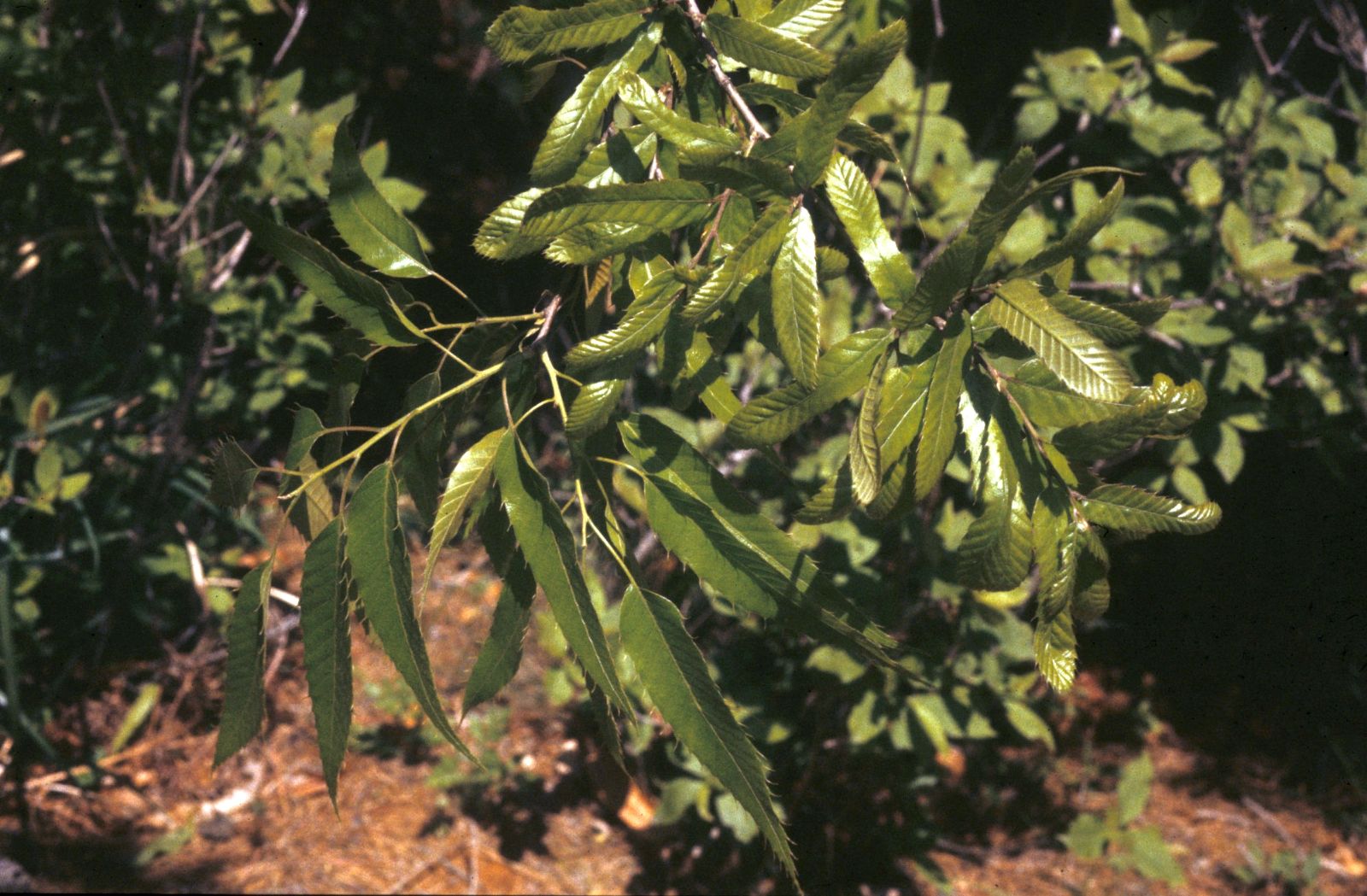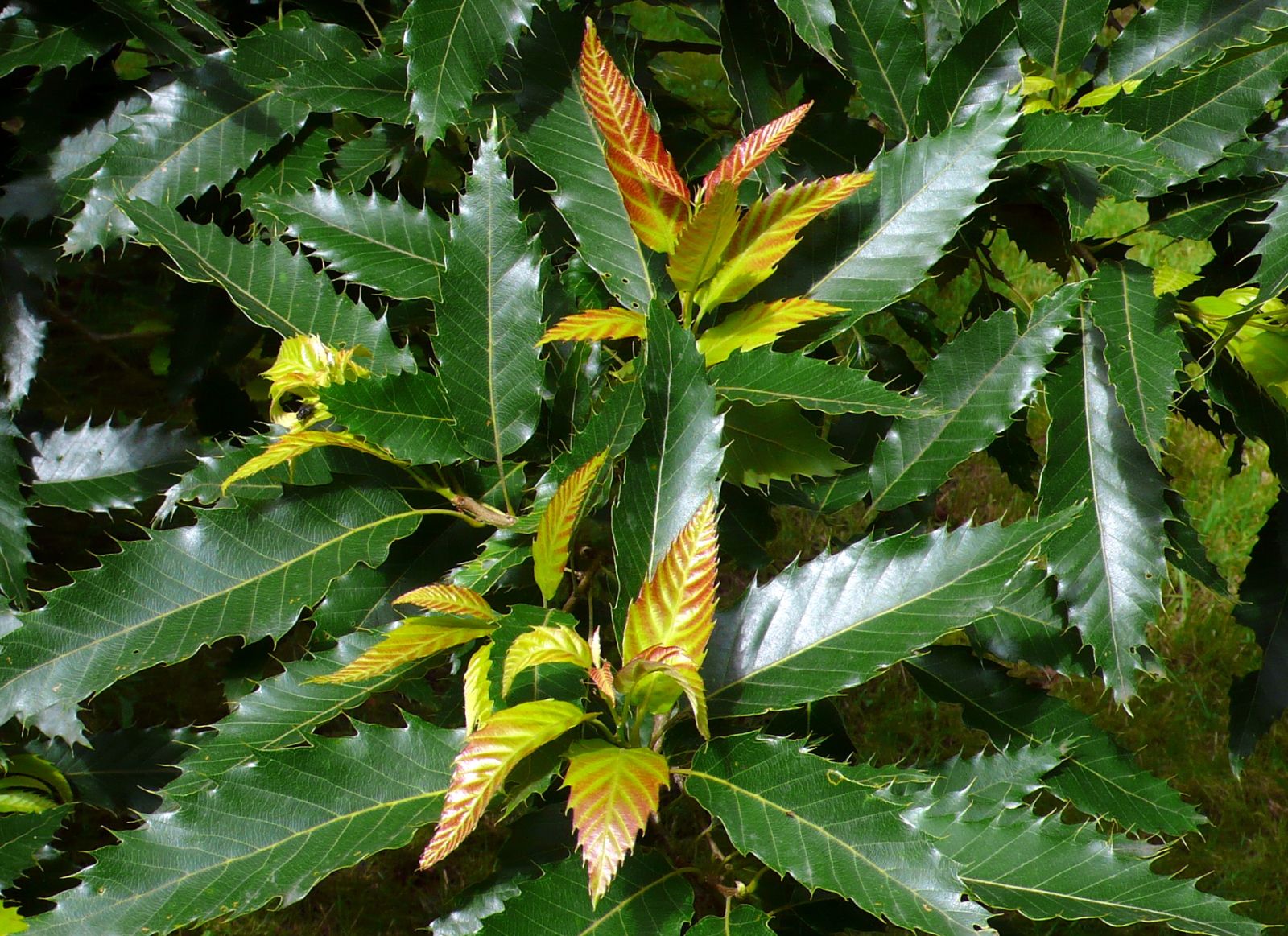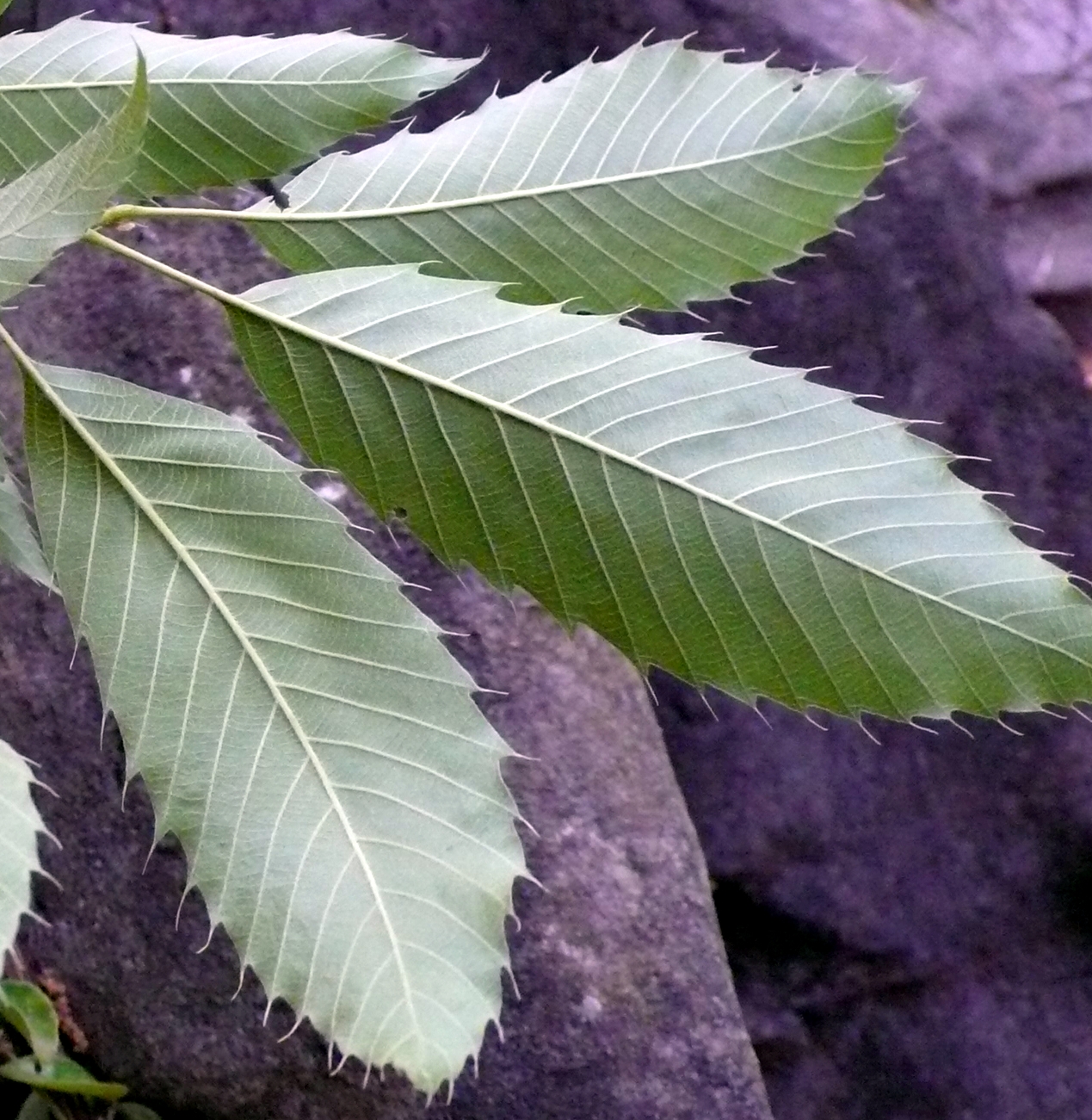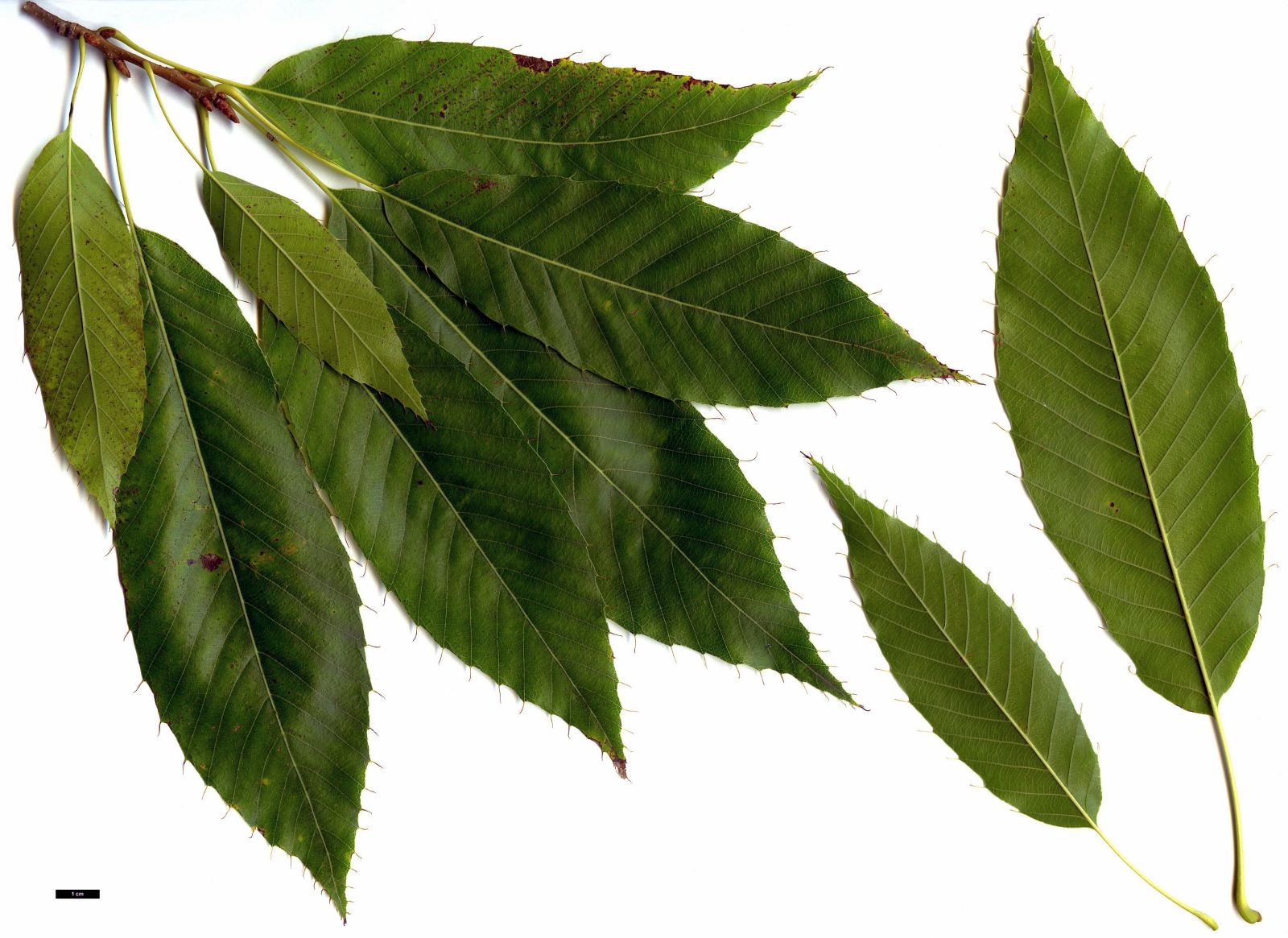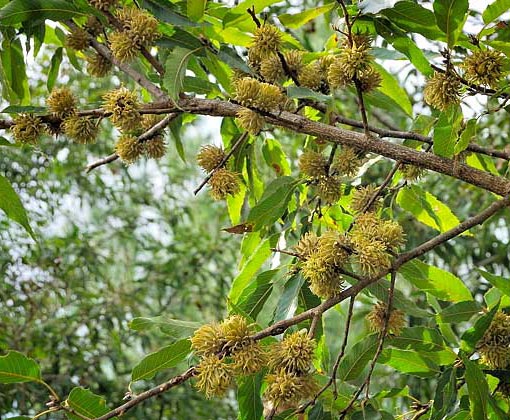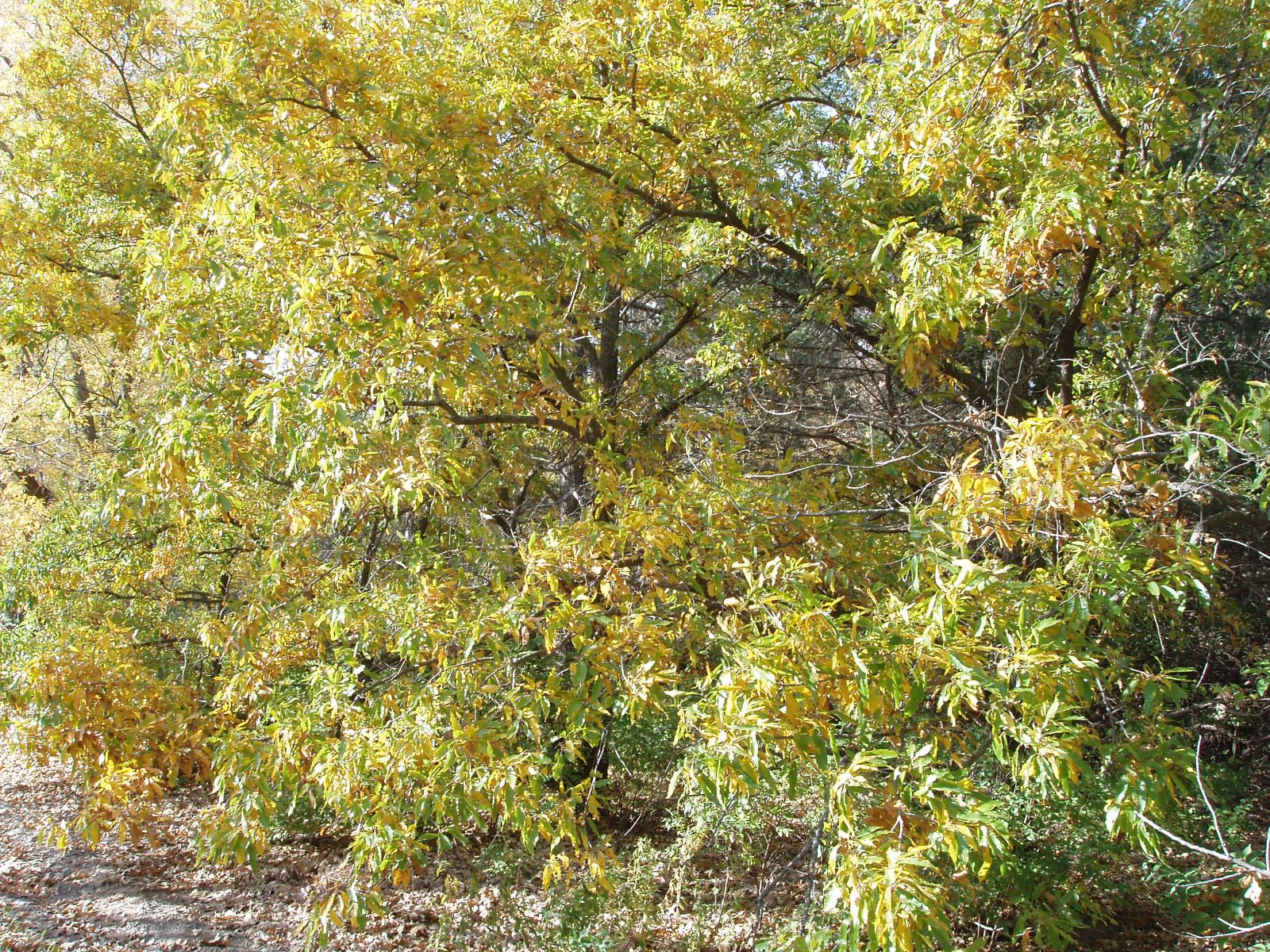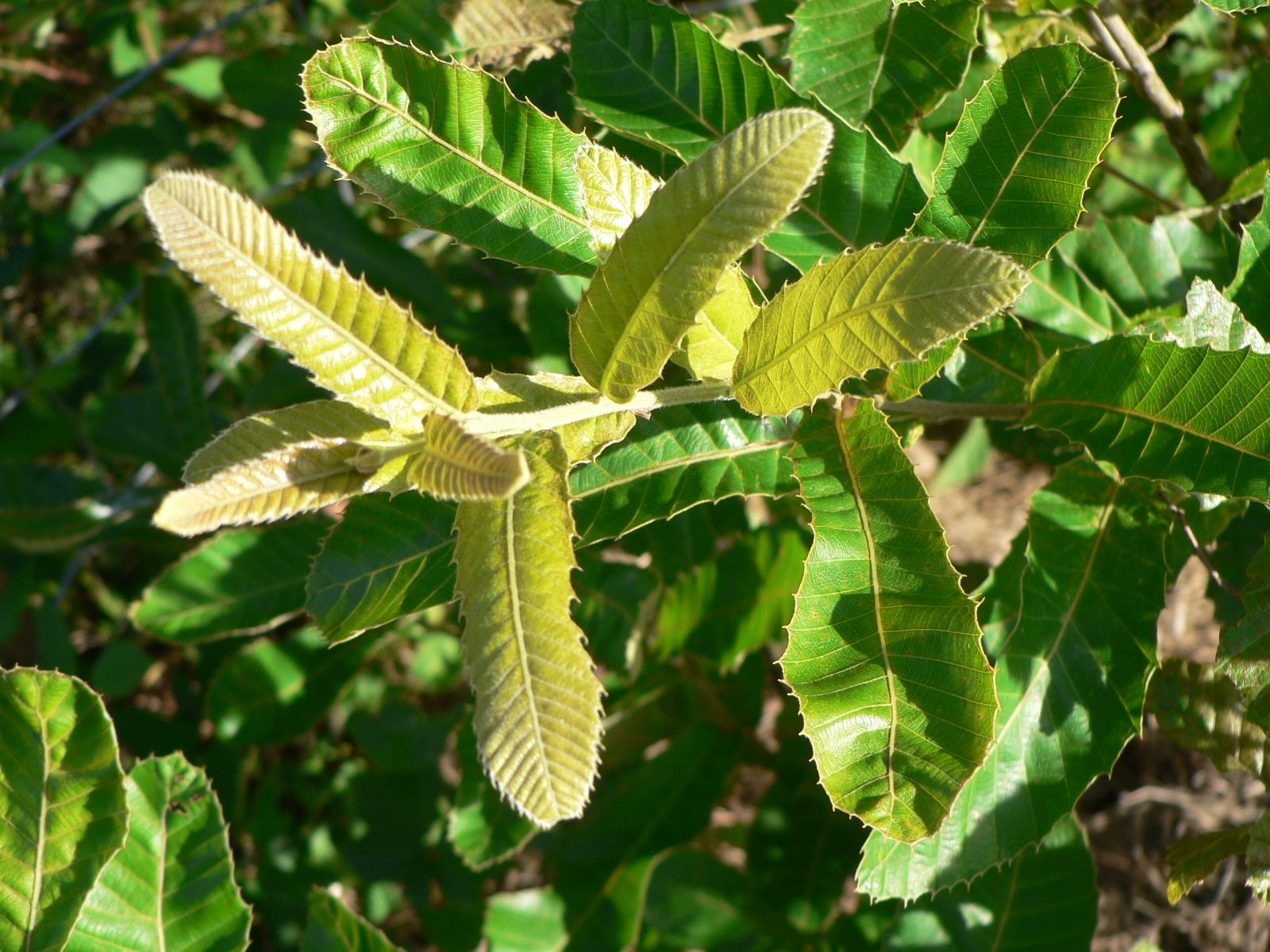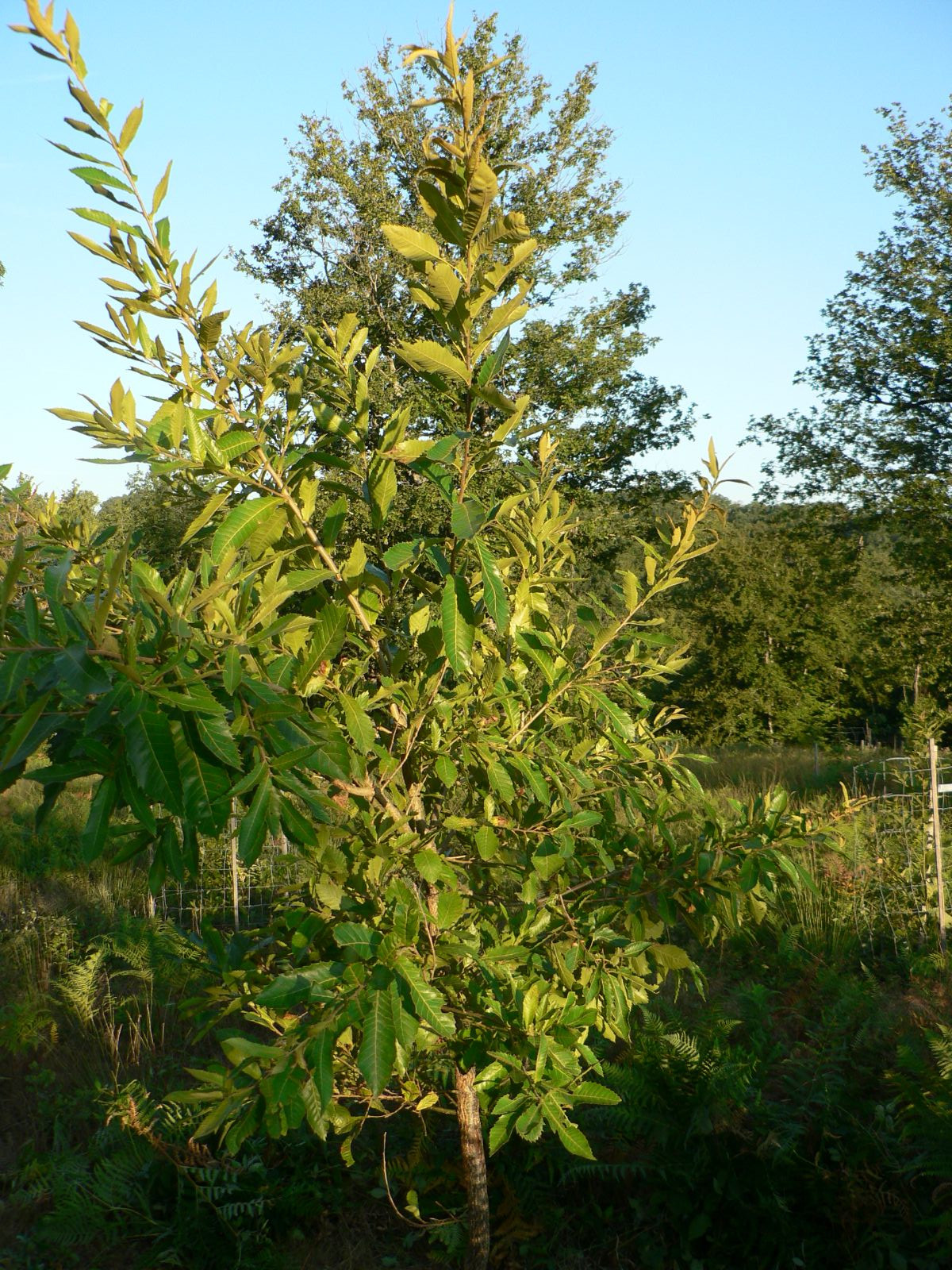Quercus acutissima
Sponsor
Kindly sponsored by
The Trees and Shrubs Online Oak Consortium
Credits
Allen Coombes & Roderick Cameron (2021)
Recommended citation
Coombes, A. & Cameron, R. (2021), 'Quercus acutissima' from the website Trees and Shrubs Online (treesandshrubsonline.
Genus
- Quercus
- Subgen. Cerris, Sect. Cerris
Common Names
- Sawtooth Oak
- Kunugi
Infraspecifics
Other taxa in genus
- Quercus acerifolia
- Quercus acherdophylla
- Quercus acrodonta
- Quercus acuta
- Quercus acutifolia
- Quercus afares
- Quercus affinis
- Quercus agrifolia
- Quercus alba
- Quercus aliena
- Quercus alnifolia
- Quercus aquifolioides
- Quercus arizonica
- Quercus arkansana
- Quercus aucheri
- Quercus augustini
- Quercus austrina
- Quercus × auzendei
- Quercus baloot
- Quercus bambusifolia
- Quercus baronii
- Quercus bicolor
- Quercus brantii
- Quercus buckleyi
- Quercus canariensis
- Quercus canbyi
- Quercus candicans
- Quercus castanea
- Quercus castaneifolia
- Quercus cerris
- Quercus chenii
- Quercus chrysolepis
- Quercus coccifera
- Quercus cocciferoides
- Quercus coccinea
- Quercus conspersa
- Quercus crassifolia
- Quercus crassipes
- Quercus delavayi
- Quercus dentata
- Quercus deserticola
- Quercus dolicholepis
- Quercus douglasii
- Quercus dumosa
- Quercus durifolia
- Quercus eduardii
- Quercus ellipsoidalis
- Quercus emoryi
- Quercus engelmannii
- Quercus engleriana
- Quercus euboica
- Quercus eugeniifolia
- Quercus fabri
- Quercus faginea
- Quercus falcata
- Quercus floribunda
- Quercus frainetto
- Quercus franchetii
- Quercus fruticosa
- Quercus fusiformis
- Quercus gambelii
- Quercus garryana
- Quercus geminata
- Quercus georgiana
- Quercus germana
- Quercus gilliana
- Quercus gilva
- Quercus glabrescens
- Quercus glauca
- Quercus graciliformis
- Quercus gravesii
- Quercus griffithii
- Quercus grisea
- Quercus guyavifolia
- Quercus hartwissiana
- Quercus hemisphaerica
- Quercus × hispanica
- Quercus hondae
- Quercus hypargyrea
- Quercus hypoleucoides
- Quercus ilex
- Quercus ilicifolia
- Quercus imbricaria
- Quercus incana
- Quercus infectoria
- Quercus insignis
- Quercus ithaburensis
- Quercus kelloggii
- Quercus × kewensis
- Quercus kiukiangensis
- Quercus laceyi
- Quercus laevis
- Quercus lamellosa
- Quercus lanata
- Quercus lancifolia
- Quercus laurifolia
- Quercus laurina
- Quercus × leana
- Quercus leucotrichophora
- Quercus × libanerris
- Quercus libani
- Quercus lobata
- Quercus lobbii
- Quercus lodicosa
- Quercus longinux
- Quercus longispica
- Quercus look
- Quercus × ludoviciana
- Quercus macranthera
- Quercus macrocalyx
- Quercus macrocarpa
- Quercus macrolepis
- Quercus marilandica
- Quercus mexicana
- Quercus michauxii
- Quercus mongolica
- Quercus monimotricha
- Quercus montana
- Quercus morii
- Quercus muehlenbergii
- Quercus myrsinifolia
- Quercus myrtifolia
- Quercus nigra
- Quercus × numidica
- Quercus oblongifolia
- Quercus obtusata
- Quercus oglethorpensis
- Quercus oxyodon
- Quercus pagoda
- Quercus palmeri
- Quercus palustris
- Quercus pannosa
- Quercus parvula
- Quercus petraea
- Quercus phellos
- Quercus phillyreoides
- Quercus planipocula
- Quercus poilanei
- Quercus polymorpha
- Quercus pontica
- Quercus prinoides
- Quercus pubescens
- Quercus pyrenaica
- Quercus rehderiana
- Quercus reticulata
- Quercus robur
- Quercus rotundifolia
- Quercus rubra
- Quercus rugosa
- Quercus rysophylla
- Quercus sadleriana
- Quercus salicina
- Quercus sartorii
- Quercus × schneideri
- Quercus schottkyana
- Quercus semecarpifolia
- Quercus senescens
- Quercus serrata
- Quercus sessilifolia
- Quercus setulosa
- Quercus shumardii
- Quercus sinuata
- Quercus spinosa
- Quercus stellata
- Quercus stenophylloides
- Quercus suber
- Quercus subspathulata
- Quercus tarokoensis
- Quercus tatakaensis
- Quercus texana
- Quercus tomentella
- Quercus trojana
- Quercus tungmaiensis
- Quercus turbinella
- Quercus × turneri
- Quercus undulata
- Quercus utahensis
- Quercus utilis
- Quercus uxoris
- Quercus variabilis
- Quercus velutina
- Quercus virginiana
- Quercus vulcanica
- Quercus warburgii
- Quercus wislizenii
- Quercus xalapensis
Tree to 25 m, 1 m or more dbh. Bark grey-brown, deeply ridged with age. Young shoots downy, soon becoming glabrous. Leaves deciduous, glossy dark green above, paler beneath, 8–20 × 2–6 cm, ovate-lanceolate, rounded or broadly tapered at the base, taper-pointed to a slender bristle tip at the apex. Young leaves thinly hairy, becoming glabrous on both sides or with hairs in the vein axils and on the main veins on the paler lower surface. Veins 10–20 on each side of the midrib, the leaf margin edged with teeth tipped with a slender bristle to 4 mm long. Fruits sessile, cupules hemispherical, to 4 cm diameter, covered in long, slender, recurved, and downy scales. Acorn ovoid to ellipsoid, to 2.5 cm long, about half enclosed in the cupule. Fruit biennial. (Huang et al. 1999; Menitsky 2005; le Hardÿ de Beaulieu & Lamant 2010).
Distribution Bhutan Myanmar North China Anhui, Fujian, Guangdong, Guangxi, Guizhou, Hainan, Hebei, Henan, Hubei, Hunan, Jiangsu, Jiangxi, Liaoning, Shaanxi, Shandong, Shanxi, Sichuan, SE Xizang, Yunnan, Zhejiang India Arunachal Pradesh, Sikkim Japan Honshu, Shikoku, Kyushu North Korea South Korea Laos Nepal Thailand Vietnam
Habitat Forests between sea level and 3200 m.
USDA Hardiness Zone 5
RHS Hardiness Rating H6
Conservation status Least concern (LC)
Introduced from Japan to Kew by Richard Oldham about 1862, Bean (1981) considered Quercus acutissima to be ‘a neat and cheerful-looking tree suitable for a limited space’ but perhaps his idea of limited space was different to ours: this can become a large tree with wide-spreading limbs. It is closely related to Q. variabilis, which has corky bark and leaves grey-felted beneath, and to Q. chenii, which has glabrous leaves, smaller fruit, and slender cupule scales. The only other oak with which it is likely to be confused is Q. castaneifolia, but that may be easily distinguished by its shoots being downy throughout the first season or longer, by the thicker, shorter, quite downy leaf-stalk, the leaves which are greyish beneath, and by the absence of the bristly termination to its coarser teeth (Bean 1981).
Sargent (1894) said that in Japan this species springs up on waste land in great numbers, but is only valued as fuel. However, it is an economically important tree, widely cultivated in Japan: the wood is used in construction and for the cultivation of shiitake mushrooms, the bark and acorns are used to create a brown or black dye, the leaves are fed to silkworms, the acorns are eaten and used as materials for crafts, and the dead leaves are used in composting (Botanica 2021). According to Saito et al. (2017), Japanese populations were probably established from trees that escaped from cultivation and the species was perhaps introduced from neighbouring continental Asia.
Shiitake mushrooms were originally found in Japan growing on Castanopsis cuspidata (hence their name, as in Japanese shii is the vernacular name of this species and take = ‘mushroom’). Later, Q. acutissima was cultivated to produce logs that were inoculated with mycelium for the production of shiitake mushrooms. The trunk was cut as soon as it reached a diameter of 10 cm, then the new trunk that sprouted from the base was again cut when it reached the required size. This constant coppicing meant that the trees never produced seed, so eventually the stump was exhausted and new seedlings were not propagated. Demand for Sawtooth Oak for shiitake production remains so high that acorns have been imported from China in order to cultivate trees (Ohkubo & Katanoda 2009; K. Tokunaga pers. comm.).
In subtropical Asia Q. acutissima has flourished in primary evergreen forest degraded by humans, due to its pioneer character, namely rapid initial growth in full sunlight and a tolerance for different soil types. It is the most common oak in low-altitude secondary formations of oak-pine forests. While it prefers light, sandy or siliceous soils with good drainage, it tolerates heavy clay soils and limestone so long as it is not superficial. In cultivation, it is susceptible to chlorosis on soils rich in calcium carbonate. Its marcescent foliage takes on a rusty brown colour in autumn and is retained till spring (le Hardÿ de Beaulieu & Lamant 2010)
The species is cultivated in collections and parks worldwide. The largest cultivated trees are in the range of 20–23 m tall, with a dbh of over 1 m. The UK champion for height is found at Westonbirt Arboretum (22 m × 36 cm in 2014) and the champion for girth in Lytchett Heath in Dorset (19.5 m × 110 cm in 2017) (Tree Register 2021). In continental Europe a couple of large specimens grow in the city of Pau, Pyrénées-Atlantiques, France, (22 m × 51 cm and 21.2 m × 45 cm in 2018) (Monumental trees 2020). Sawtooth Oak was also introduced to the USA in or about 1862 and is grown in many collections, particularly in the eastern part of the country. The state of Virginia is home to the trees with perhaps the largest recorded height and girth: the tallest, in the city of Wiliamsburg reached 25.9 m × 120 cm dbh (2018), and the thickest, a low-branching specimen in Arlington National Cemetery, had a diameter of 142 cm at a height of 1.8 m in 2017 (Virginia Big Tree Program 2020). At Washington Park Arboretum it was 18.6 m × 48 cm in 2004 (R. Larson pers. comm 2020). Whittemore (2004) states that planting large stands of Q. acutissima in natural areas – once a common practice as a food source for wildlife, especially turkeys – is likely to result in its establishment and spread: it is considered an invasive species in some eastern areas where it has escaped cultivation and established in nearby forests, potentially displacing native vegetation (Swearingen & Bargeron 2016).
Sawtooth Oak is also found as established trees in Southern Hemisphere collections, for example Grigadale Arboretum and San Miguel Arboretum in Argentina, and Hackfalls Arboretum and Eastwoodhill Arboretum in New Zealand (pers. obs. 2019).
The hybrid Q. acutissima × cerris is grown at the Arnold Arboretum. Received as a plant in 1932 it was 51.3 cm diam. in 2017 (Arnold Arboretum 2021). Three plants of this hybrid are at Hergest Croft, England raised by Lawrence Banks from seed of a tree labelled Q. acutissima in Filoli Gardens, Woodside, California. The largest was 8 m × 24 cm dbh in 2013 (Tree Register 2021).
The epithet means ‘sharpest’ (superlative of Latin acuta = sharp) and refers to the slender teeth of the serrated margins.
'Gobbler'
A form selected in the USA for its resistance to insects and disease, and for wildlife food value, particularly due to its acorns which tend to be smaller – and thus more appealing to wild turkey and quail – and produced in large quantities, falling earlier than the acorns of native oaks. It is popular with hunters in the US, as the acorns attract quarry (Nativ Nurseries 2021). It is propagated by seed, so offspring may be variable. The name refers to the fact that the acorns are ‘gobbled’ by wildlife and also evokes the sound of the turkeys that gather under the trees when acorns fall. The selection was released in 1986 by the Quicksand Plant Materials Center in cooperation with the Kentucky Agricultural Experiment Station, Kentucky Department of Fish & Wildlife, and the Kentucky Division of Forestry (USDA Plants Database 2021). Trees are recorded at Chicago Botanic Garden and Cornell Plantations (Quercus Multisite 2021), but it is not known to be in cultivation in Europe.
subsp. kingii Menitsky
Subgen. Cerris, Sect. Cerris
This differs from the typical subspecies in the leaves, which have longer teeth and are densely yellowish tomentose beneath, at least when young (Menitsky 2005; Chassé 2018). The typical subspecies has leaves with yellow hairs beneath and the difference seems to be mainly in the degree of pubescence.
Distribution
- Bhutan
- Myanmar
- India – Assam, Manipur, Meghalaya, Nagaland, Sikkim
- Laos
RHS Hardiness Rating: H6
USDA Hardiness Zone: 5
This subspecies has quite recently introduced to the UK and Europe. It is in cultivation at Arboretum des Pouyouleix where there are two plants up to 5.5 m × 8 cm dbh (B. Chassé pers. comm. 2020), the collection of Albert Dumas, south of Grenoble (1.62 m in 2018) and at Heanley Farm (three plants, the tallest 4 m in 2018) (Chassé 2018). As it is of recent introduction and appears to be in only 3 collections its hardiness is uncertain. From its origin it might be expected to be less hardy than the typical form.
It was named – in 1973 – for Sir George King (1840–1909) who became Superintendent of the Royal Botanic Gardens, Calcutta, in 1871, and the first Director of the Botanical Survey of India in 1890.

